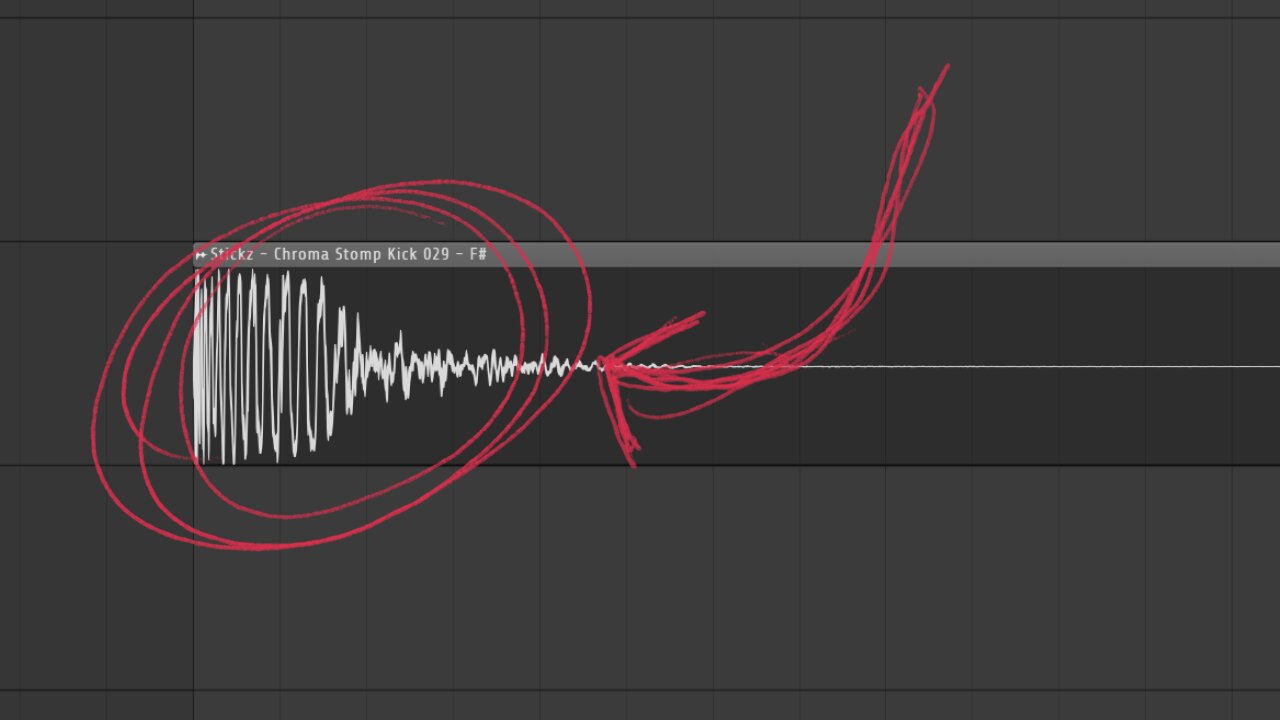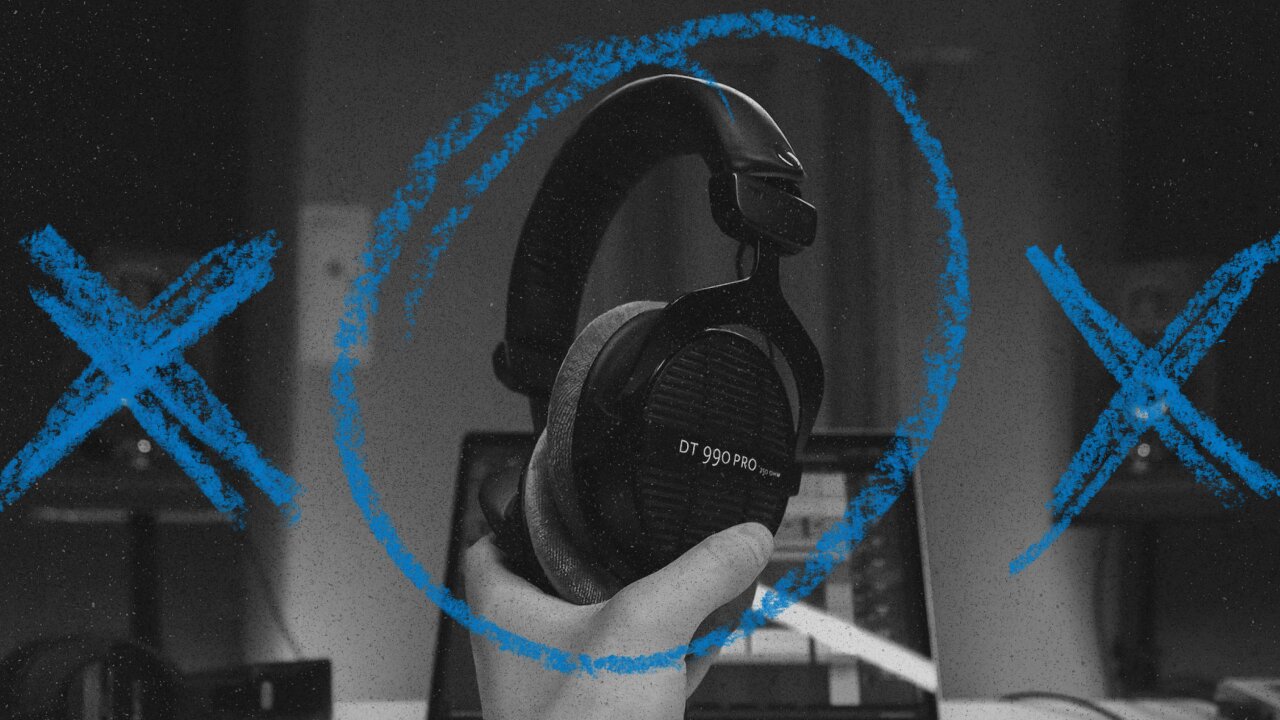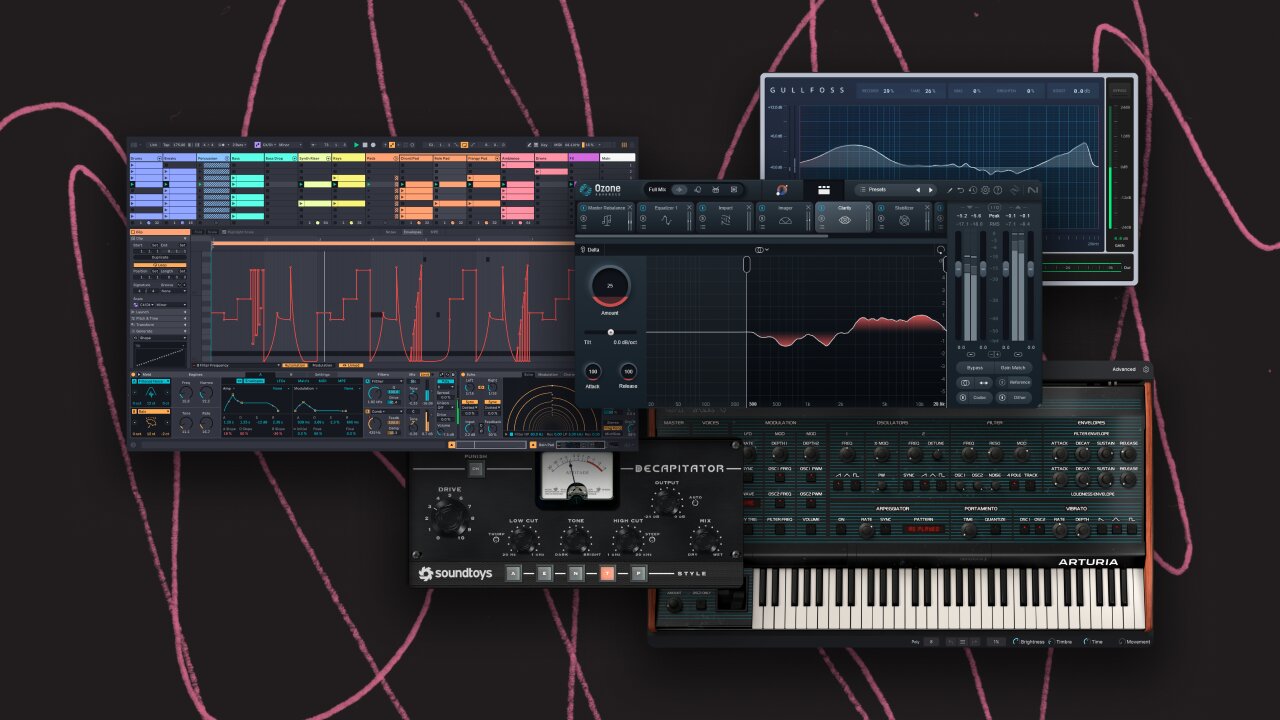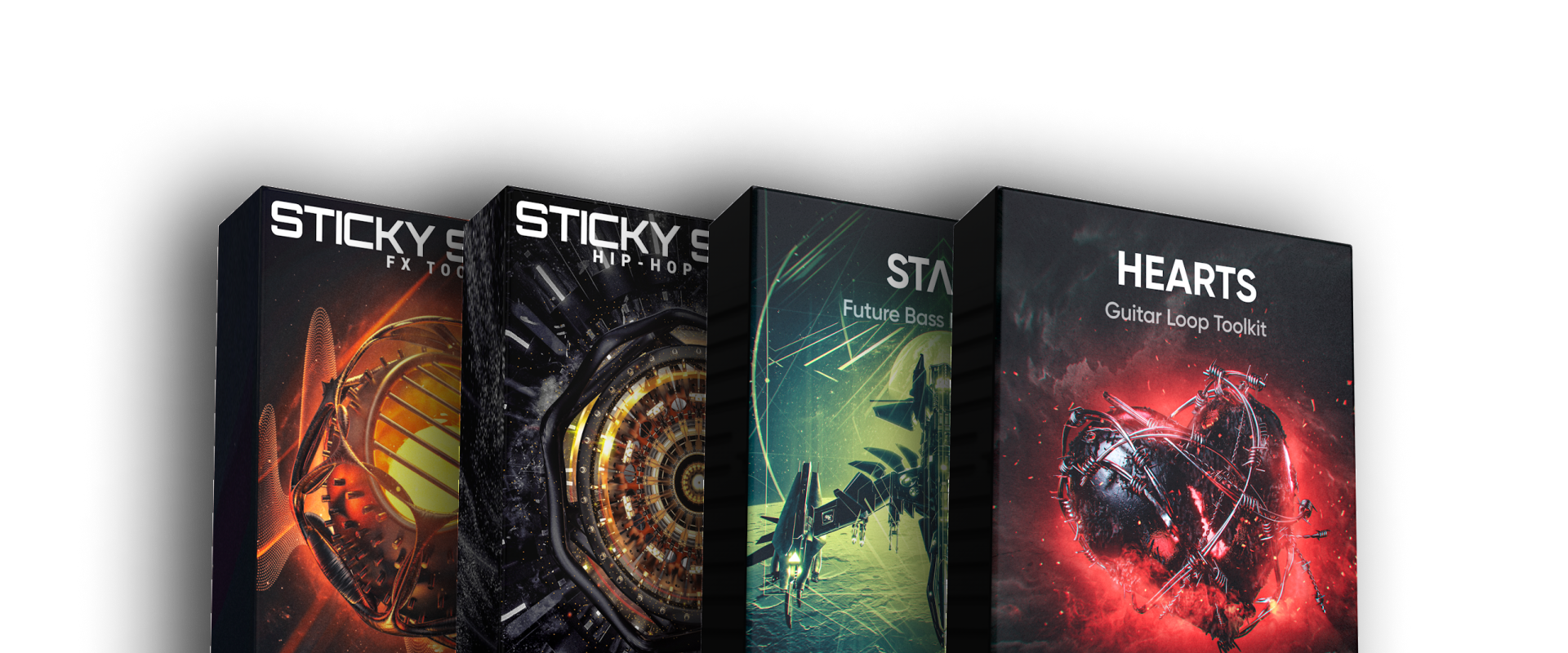Sound selection secrets: How to choose the right sounds
Knowing which sounds work well together and when to use them is essential to producing good-sounding music. So here are our best sound selection tips.
One of the most important aspects of producing great-sounding music is selecting the right sounds. If you choose sounds that don’t work well together, your music will not sound good, no matter how much work you put into that project.
In this blog post, we will discuss some tips for improving your sound selection skills so that you can create great-sounding tracks every time!
Stick to a genre or mood.
When selecting sounds for your track, it is essential to remember the overall sound you are trying to achieve. Every sound that you choose should fit into that overall soundscape. If you are creating a track with a specific mood or emotion in mind, be sure to select sounds that will support that mood.
For example, if you are trying to produce a more mellow and chill track, using harsh and aggressive drums on your soft and lush synths probably isn’t the best combination. In this case, try using drums that have a softer sound. This will help create a better sound overall and prevent your track from sounding jarring or out of place.
We are not trying to say that you should not be creative. Mixing and combining genres and moods is one of the most effective ways for musicians to find their own sound. However, you can very quickly go overboard with it. It’s not difficult to create something that sounds off and out of place. However, it’s incredibly challenging to create something that sounds new, fresh, and unique just by combining genres.
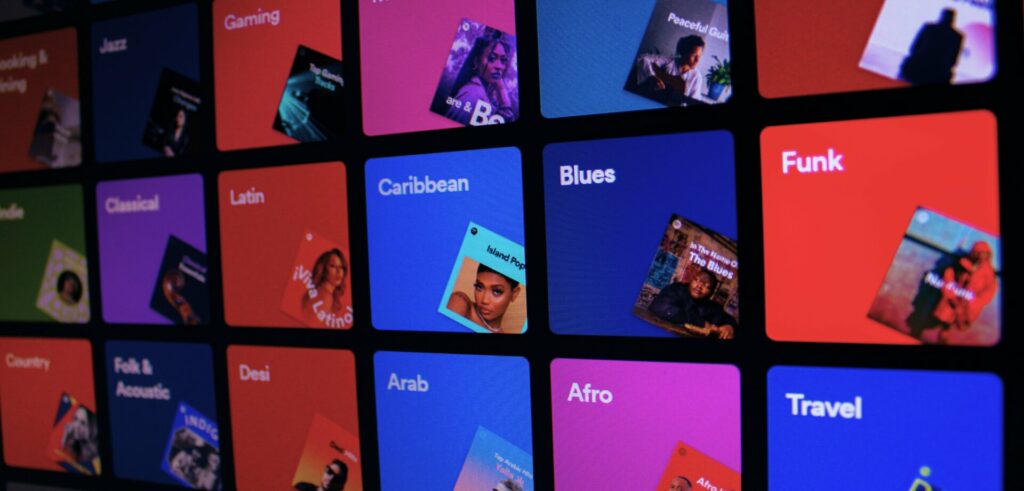
Good sounds don’t always work together.
One simple mistake beginners tend to make is throwing sounds together that they think sound good on their own. So you may have a snare that you find really good, then a kick drum that sounds nice and punchy, and perhaps a favorite synth lead, and so on. They may sound fantastic, but it doesn’t mean they’ll automatically work great together.
Imagine you combine the best Progressive House kick with the best Dubstep snare, the best Trance bass, the best Hip-Hop hi-hats, and the best Reggae vocals. They may be the “best” sounds in their respective categories, but I guarantee it’ll sound all over the place.
If you have a folder with your favorite drums and synth presets, it’s helpful to sort those sounds by genre or mood. This is practical, especially for beginners, since you limit your sound selection options and narrow them down to specific categories. Doing this makes it harder for you to make bad sound selection choices.
As you become more experienced, you’ll develop a better ear for what works well together and what doesn’t. However, it’s still a good idea to keep things organized so that you can quickly find the right sounds when you need them.
Collect sounds before you start producing.
Another excellent sound selection tip is to start collecting sounds even before you start working on a track. This is helpful because it allows you to have a bank of sounds to choose from when you are ready to start producing.
There are many ways to collect sounds. You can buy sound packs, download free ones, or even create your own sounds. You can find many great free sound packs online if you’re on a budget or can’t spend any money at all.
We actually have a massive library of free sounds that are absolutely fantastic. These are mainly genre-based packs with high-quality samples, loops, presets, and even project files. All for FREE!
As a beginner, getting your hands on genre-based packs is crucial. This will give you a great foundation to start with and allow you to develop your sound selection skills since you’ll better understand what makes a sound fit into a particular genre, mood, or vibe.
If you use a service like Splice to get your drums, you can search for sounds filtered by genres and sub-genres and even use tags to filter by mood, which can be a great help.

Get inspired by other artists’ sound selection choices.
Don’t be afraid to get inspired by and “steal” the types of sounds other artists use. There’s nothing wrong with that. In fact, it’s one of the best ways to learn and improve your sound selection skills.
Listen to tracks in your favorite genre and try to identify the different sounds being used. Then, see if you can find similar sounds and add them to your library or track. Getting really deep into the individual layers of another song you enjoy is a great way to get new ideas for your own productions.
You don’t need to reinvent the wheel with every new song you start and put pressure on yourself by trying to create something new and fresh that no one has ever heard before. Sometimes, if you just want to create a Skrillex-style Future Bass banger, just have a look at one of his big Future Bass tracks and use it as a reference for your own sound selection.
Conclusion
By following these simple sound selection tips, you’ll quickly develop a better ear for what works well together and be able to produce much better-sounding music. Start by sorting your sounds into genres or moods, get inspired by other artists’ sound choices, and most importantly, have fun with it!
Also, if you’re still a beginner, note that having excellent sound selection skills is something you learn over time. Reading through an article like this or watching a video about it will help, but it won’t make you a sound selection master overnight. It’s important that you don’t put pressure on yourself if you can’t always come up with something new and unique — because you don’t have to.


